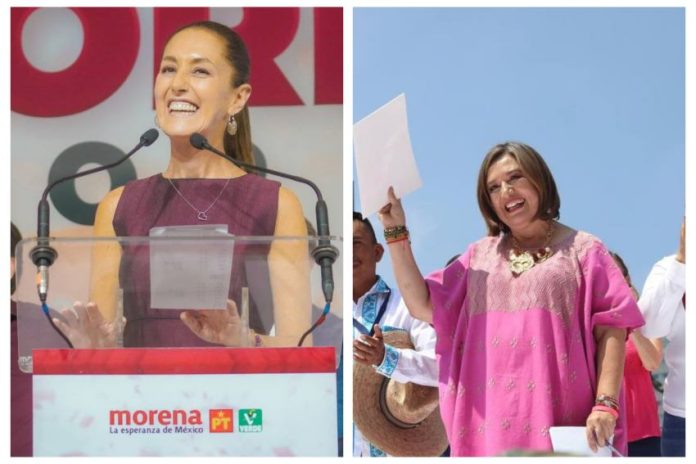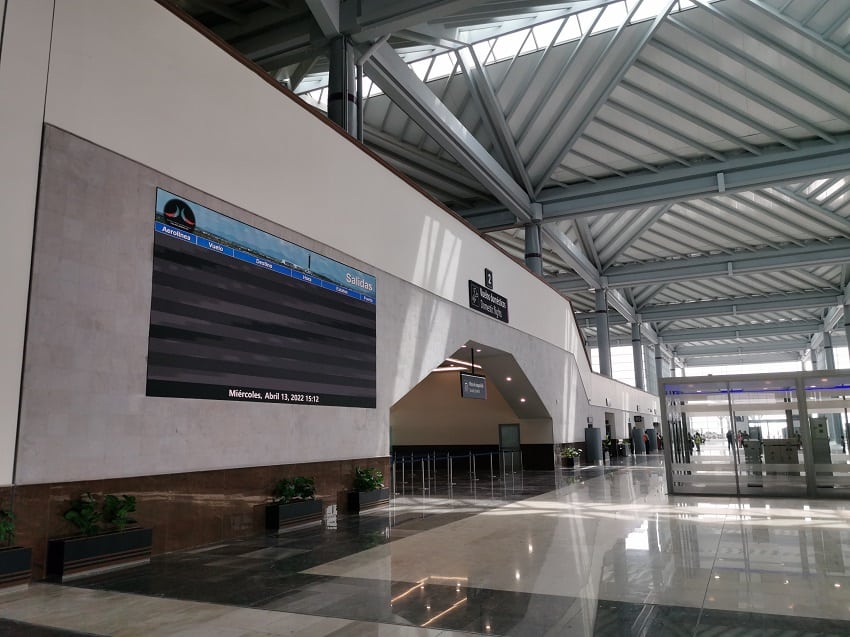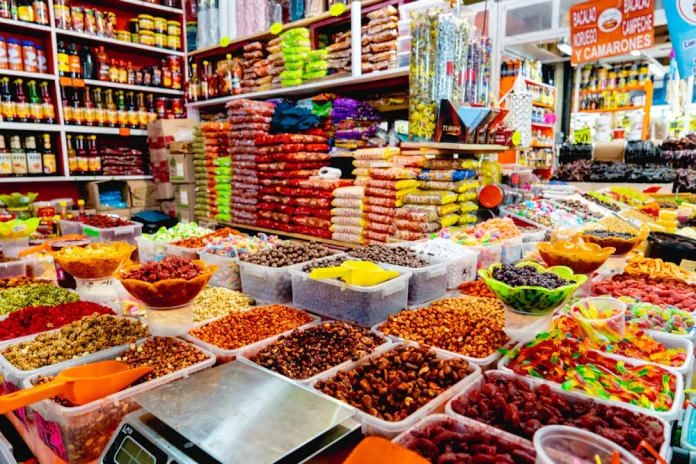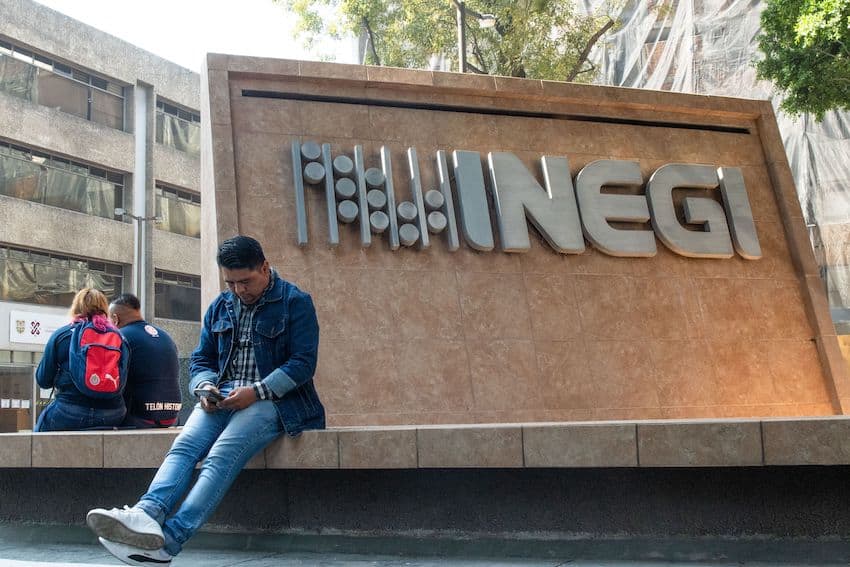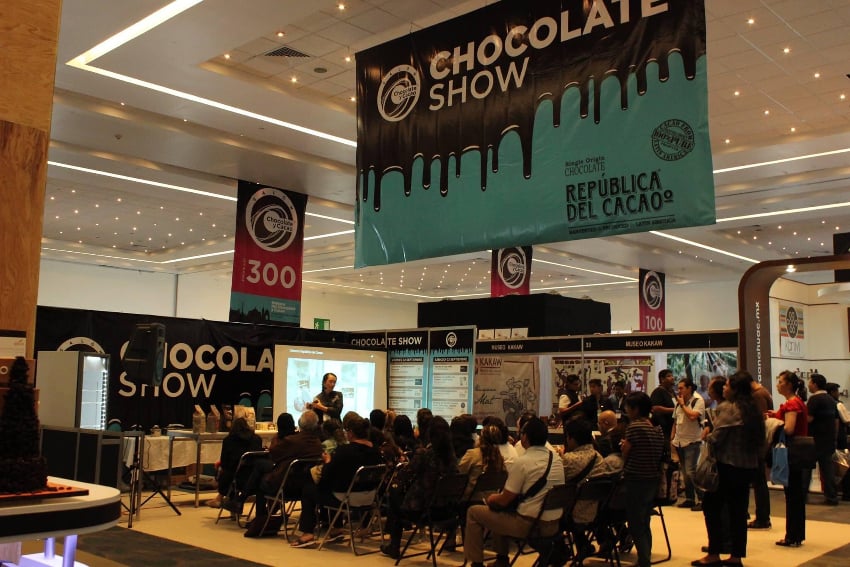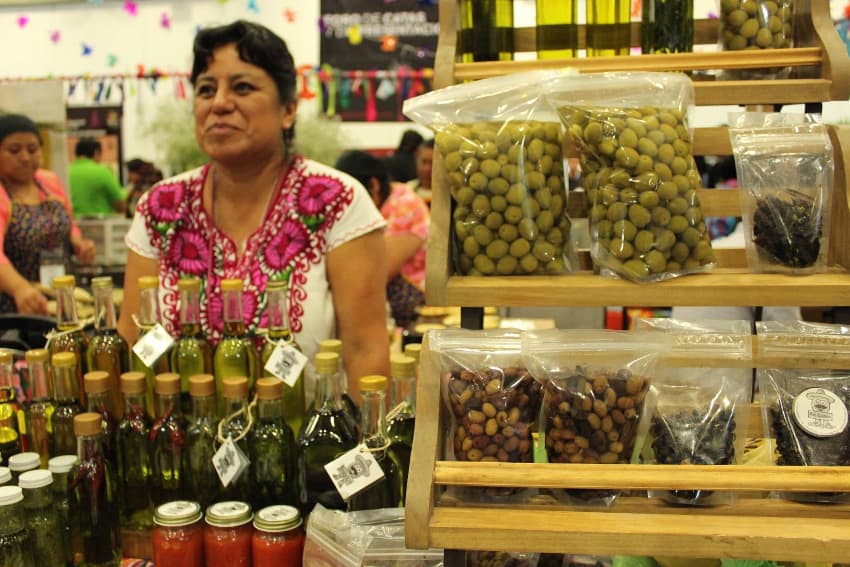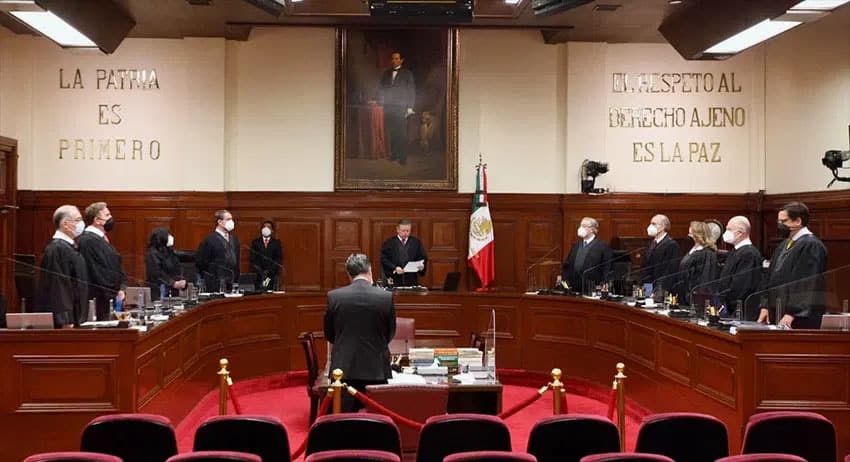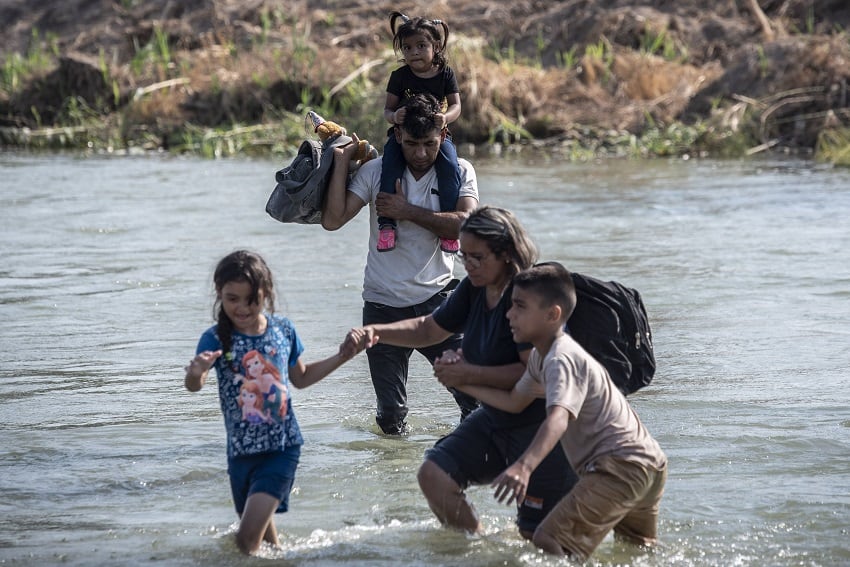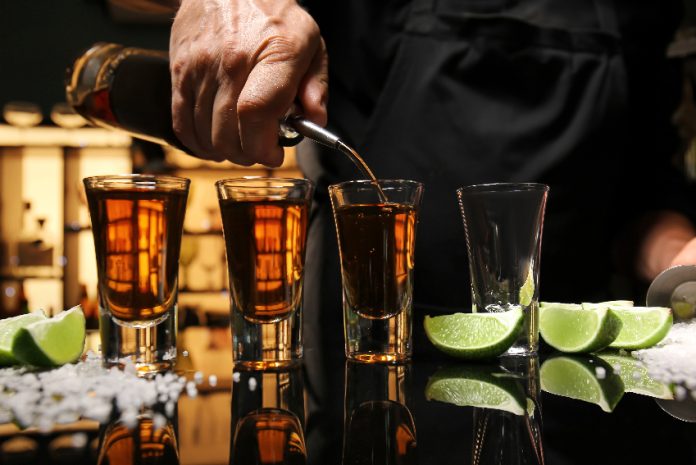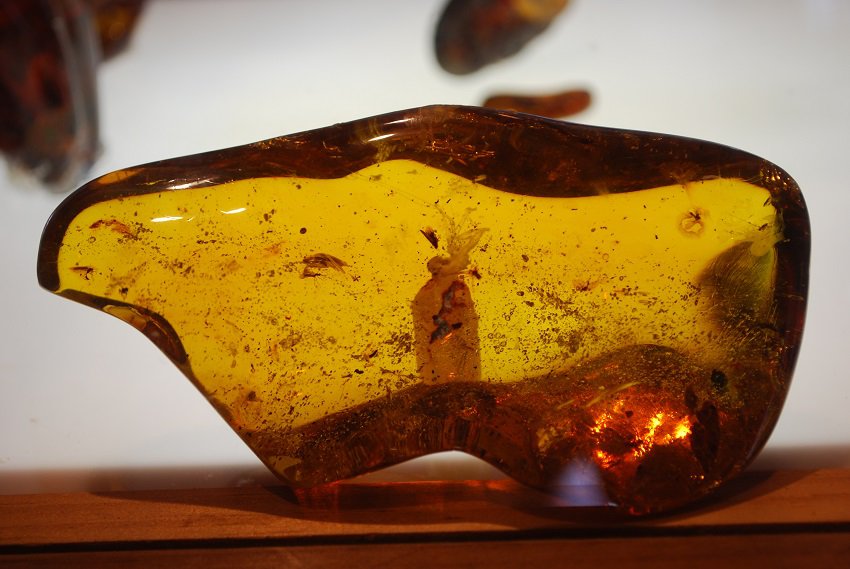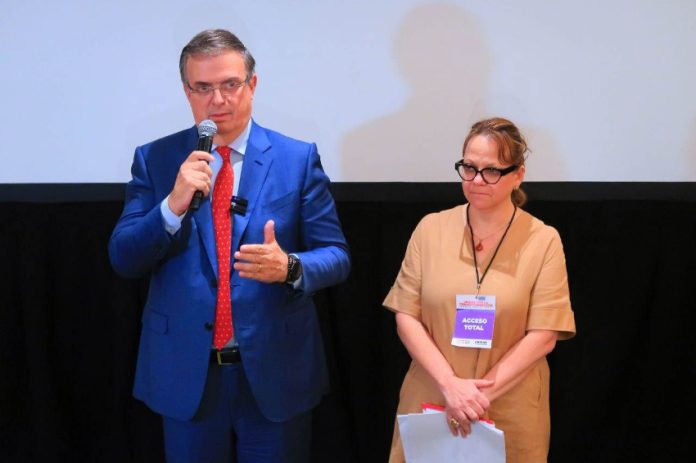Coatepec is a Náhuatl word that means The Hill of the Snakes. According to official government websites, there have been excavations in and around Coatepec revealing that the area was originally settled by the Totonac people.
Though there are no ruins open to the public, the town does have around 370 buildings that are considered “historically significant” – many with beautifully painted exteriors – a tree-filled zócalo (square), and several waterfalls nearby.

The heart of the pueblo is the Parque Hidalgo. While sitting in a café across from the park we noticed a group dancing. Though a little unusual, what was really unusual was that they were all blondes. Not something you see every day in Mexico.
Curious, we wandered over. The group of dancers was DGI Copenhagen’s Representation Team, a group of gymnasts from Denmark. “We are visiting Mexico to do shows and teach,” said Julie Lykke, one of the members. They were taking part in a gymnastics festival that was being held in Coatepec and were performing in the park to show people that “gymnastics and dancing are for everyone,” she added. There always seems to be something unexpected happening – no matter where you go – in Mexico.
Coatepec: coffee capital of Mexico
There’s a kiosk in the park with a café that’s a great spot to sip coffee. Nearby is a small monument honoring María Enriqueta Camarill y Roa de Pereyra, a writer who was born in Coatepec and was nominated for the Nobel Prize in 1951. Around the perimeter of the park, you’ll find many small carts offering snacks, ice cream, and souvenirs.
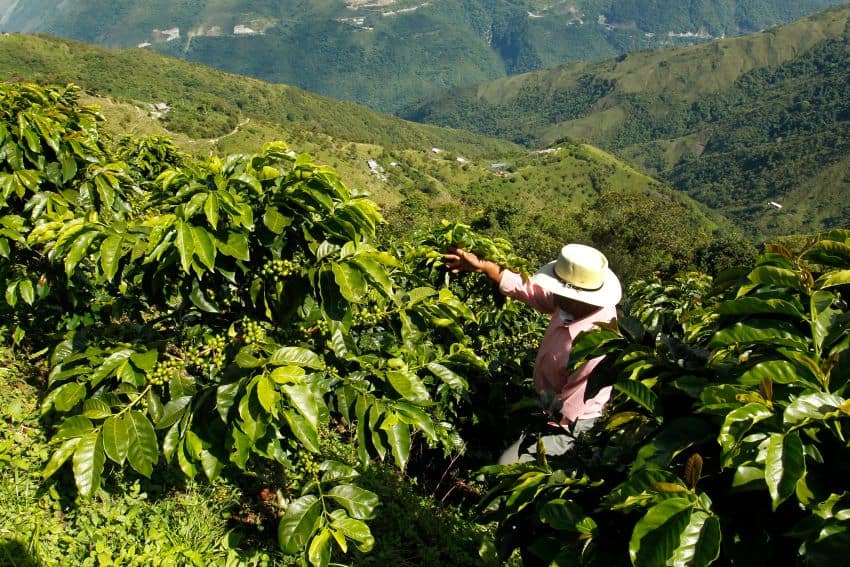
Across from the park is the beautiful Parroquia de San Jerónimo. The church was founded by the Franciscans in 1684, but it wasn’t until 1806 that its construction was finished. Inside, there are several statues of saints and virgins, including Nuestra Señora del Café. In early November, during the coffee harvest, there’s a fiesta and mass honoring her.
A half block from the park is Robertina la Casa de Chocolate, a shop featuring over 150 types of chocolates, including ones with macadamia nuts, coffee, pistachios, and even one made with mole.
“The chocolate comes from Comalcalco, Tabasco,” said Javier Quitano, one of the employees. “All of the chocolates are made here in the pueblo. It is a family business started fifteen years ago by Coatepecanos (people from Coatepec).” Quitano was eager to dole out sample after sample of the chocolates, which we were very happy to accept.
Coatepec is also known for orchids

Although generally known for its coffee, Coatepec is also famous for its orchids and holds a second title: Mexico’s Orchid Capital. A trip to the Museo de Orquídeas is a must.
“There are 1,400 species of orchids in Mexico and 315 in Veracruz,” said Carlos Montaño Gracia, a museum guide. “Worldwide, there are 25,000 species.” The museum’s large room has walls, trees, and stands covered with orchids – 5,000 in total from 3,000 species. I asked Elias Hernández, another guide at the museum, why he thought people should visit Coatepec. “For its history, food, and customs,” he said. “But the best reason to visit Coatepec is [to see] the orchids.”
Can’t leave without trying a pambazo
On the second floor of the museum is a rooftop café named Mr. Pombacho which offers a lovely view of the pueblo and the surrounding mountains. It was there, at Mr. Pombacho, that we first tried a pambazo, a local sandwich. “We offer seven types of pambazos,” said Habid Ocotla, the owner, including pork, chicken, and a couple of vegetarian options. “We only use bread from local bakeries because they have the exact size and consistency we want.”
We bumped into Hernandez on the way out and mentioned we were looking for a bakery to buy some rolls. He pointed us toward El Rezobado, the oldest bakery in town, located a couple of blocks away.

Walking into the bakery is like walking into the past. Two large, dimly lit rooms with huge wood-burning stoves crank out hundreds of cookies, rolls, and pastries a day.
“The bakery opened in 1883,” said Oswaldo Ruiz, a family member overseeing operations that day. “Six or eight generations have worked here.” The bakery is open from 4:30 in the morning until 11 at night. “But we only bake at 11 and 12 during the day and 6 and 8 at night,” he said. We arrived just before 11 a.m. and the place quickly filled with people buying freshly baked goods.
There’s also Mole Museum, which is billed as the only one dedicated to mole in all of Mexico. It’s just one small room and, if you know nothing at all about mole’s history, it’s worth the $50 pesos to enter. They do sell several types of mole and there’s a restaurant attached.
Torito: The flavor of Veracruz
A popular, and mildly alcoholic, drink in Veracruz is called torito and it’s sold in stores around Coatepec. This traditional drink was born in Veracruz in the 1800s when sugar cane workers mixed alcohol with a variety of fruits. Supposedly, after drinking it, workers felt like toritos: little bulls. Today, the drink is made with milk and, at least in stores owned by Vainimex, it comes in seven flavors including peanut, coffee, cajeta, and piñon.
Nature and adventure in Coatepec

There are five waterfalls near Coatepec and, because we didn’t have a lot of time, we decided to head to Cascada Bola de Oro (Gold Ball Waterfall), which is only about 20 minutes from the town center. Unfortunately, it was a bad decision. After leaving the highway, the road, such as it is, is only partially paved and filled with holes.
When we supposedly arrived at the path that would lead us to the waterfall, we saw nothing that looked like a path. Fortunately, there was a young man who was parked on the road. But, when we told him we wanted to go to the waterfall, he strongly advised us not to go. Not only does the one road leading there require a 4×4, but the area’s also dangerous.
Coatepec is a place we want to visit again. On our next trip, though, we’ll try a different waterfall.
Joseph Sorrentino, a writer, photographer and author of the book San Gregorio Atlapulco: Cosmvisiones and of Stinky Island Tales: Some Stories from an Italian-American Childhood, is a regular contributor to Mexico News Daily. More examples of his photographs and links to other articles may be found at www.sorrentinophotography.com He currently lives in Chipilo, Puebla.

